What Is Structured Cabling?
Structured cabling is a standardized method of installing cables that guarantees the compatibility and interoperability of various systems and gadgets. Structured cabling provides data, multiple voices, video, and many management systems, including security access and energy systems, as a data transmission system.
Structured cabling’s objective is to make it possible to provide telecommunications services utilizing a dependable and consistent infrastructure.
This infrastructure should also be created in a way that makes future business expansion easier. The items that are grouped systematically for that goal can also be included.
To guarantee that the client receives a structured cabling system, installers must organize the installation. Lack of planning will lead to an unorganized or otherwise ineffective outcome.
Structured Cabling
A campus or building’s telecommunications infrastructure can be simplified using structured cabling. It streamlines and arranges a business’s digital infrastructure, eliminating the need for numerous connections and creating space for potential future expansion.
In the past, every cable in a building’s digital infrastructure was “point-to-point,” which meant that each piece of gear had a connection connecting from it to whatever it needed to be linked to.
Such a system is ineffective, disjointed, and challenging to alter as businesses expand and add or change technologies.
How Does Structured Cabling Work?
To address the growing reliance on technology by modern businesses, structured cabling was created. With patch panels and trunks, structured cabling constructs a “structure” for a company’s digital infrastructure.
The MDA (main distribution area) serves as a hub for all the information that has to go from one location to another and is connected to all hardware.
How Structured Cabling Is Essential?
Investing in a structured cabling system is crucial for guaranteeing that your company can utilize the newest technology. Furthermore, by having a dependable and well-organized cabling infrastructure, you may prevent future expensive and time-consuming improvements.
The cable system within a building is referred to as “structured cabling” in the telecommunications industry. The phrase “cable management” is used because the cabling is divided into several zones or sections, which are often called for the room or location where they are installed.
When adding new technologies, this kind of cabling architecture enables greater flexibility as well as simpler upgrades and maintenance.
Old telephone wire for PBX systems is one of the most prevalent examples of legacy cable that has to be updated. Many firms are discovering that their present cabling infrastructure is inadequate as VoIP (Voice over IP) usage increases.
The same is true for Wi-Fi and CCTV cabling since modern standards outperform older connections in each of these areas.
When Structured Cabling Should Be Used?
The amount of data handling on your system’s interface puts more strain on its cabling infrastructure. Without an improved infrastructure, your system may experience reduced speeds and downtime.
Point-to-point cabling, which linked every piece of hardware to a separate wire in the past, is different from structured cabling. Structured Cabling is independent of the device.
This makes structured cabling ideal for bigger networks since it makes it easier to locate and address issues without needing to sift through hundreds of cables that are all the same and probably have no labels to identify the one wire that needs to be fixed. Users using structured cabling receive:
- Greater speed
- The capacity to change with technology
- Cleaner appearance
- Greater bandwidth
- Fewer cables all around
What Are the Benefits of Structured Cabling?
Below are a few justifications for the advantages of a structured cabling system for your company.
Easy To Comprehend
In terms of organizing, structured cabling systems are quite easy. Most firms utilize a variety of gadgets and IT tools at once. If you were utilizing organized network cabling to run everything, there wouldn’t be any trouble finding it and fixing it.
Less Downtime
Because organized cabling provides organization, connection issues may be easily resolved, reducing downtime. When employing different wire infrastructures, you may spend a lot of time attempting to pinpoint a cable that has produced an issue.
Since employees will have to wait until network troubleshooting is finished, this might lower productivity, which reduces your company’s income. Structured cabling, on the other hand, quickly resolves these issues, cutting down on downtime.
Greater Flexibility
Because it can rapidly and easily adapt to new changes, additions, or moves, structured cabling systems provide a high level of flexibility. This makes sure that your company performs better, which leads to greater business success.
Moving to a new office is also made simple by the fact that installation time is cut down, and flexibility to changes in network infrastructure is increased.
Visually Appealing
Imagine a potential customer arriving at your workplace for a meeting and seeing a tangle of cables; it wouldn’t speak highly of your company.
Structured cabling networks are frequently concealed from view. They are neatly packaged and connected to their appropriate equipment if they are visible. There isn’t a mess.

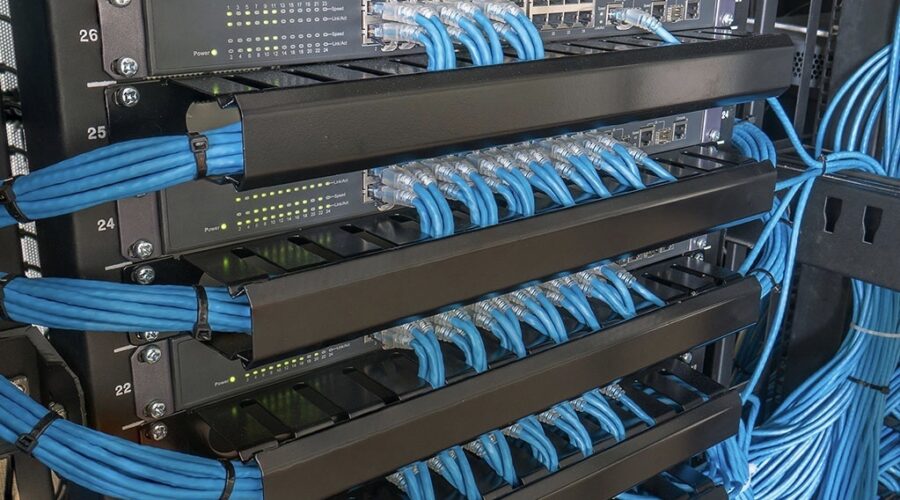

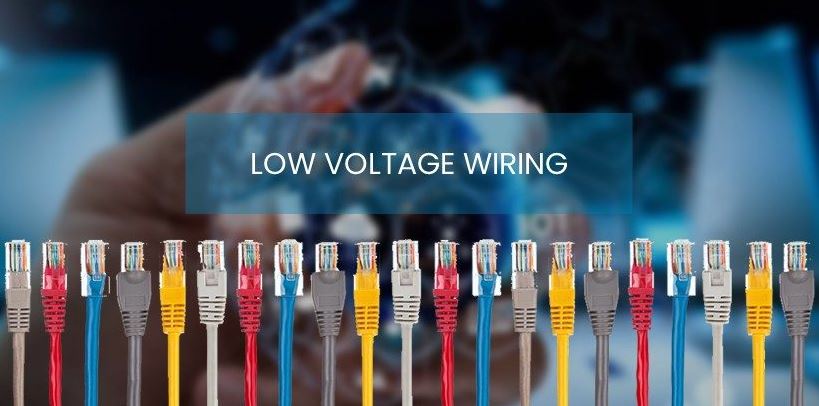
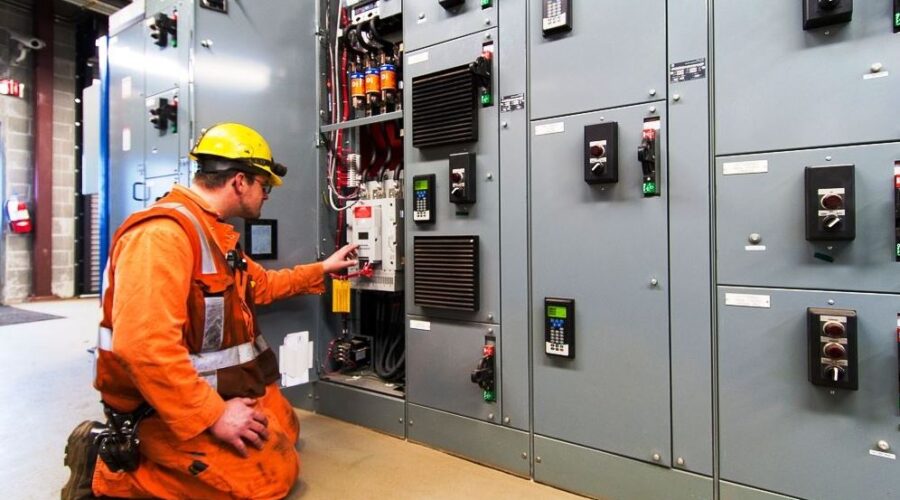
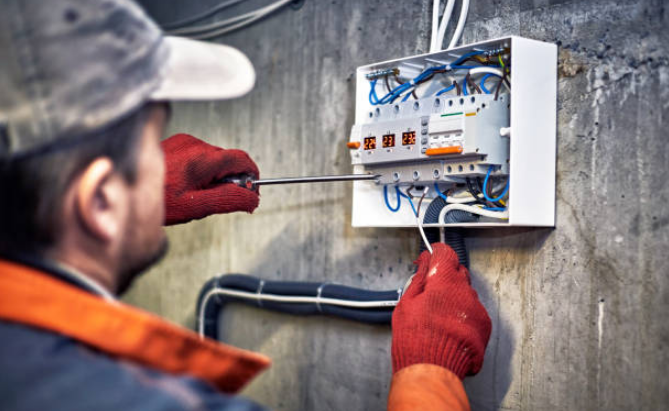
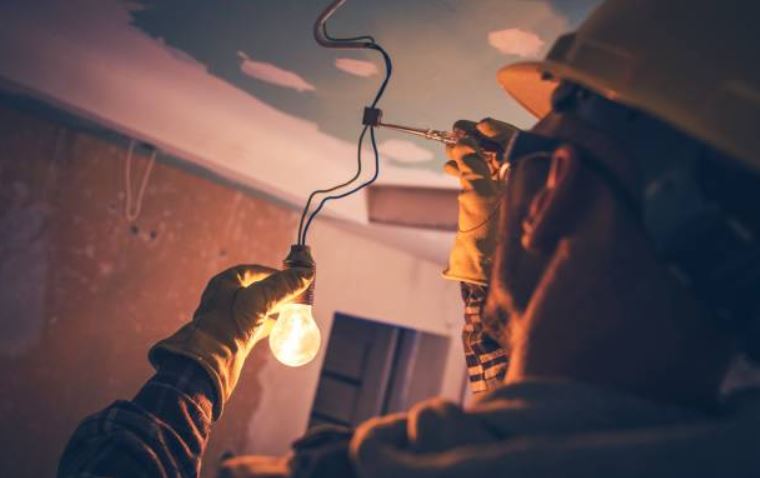
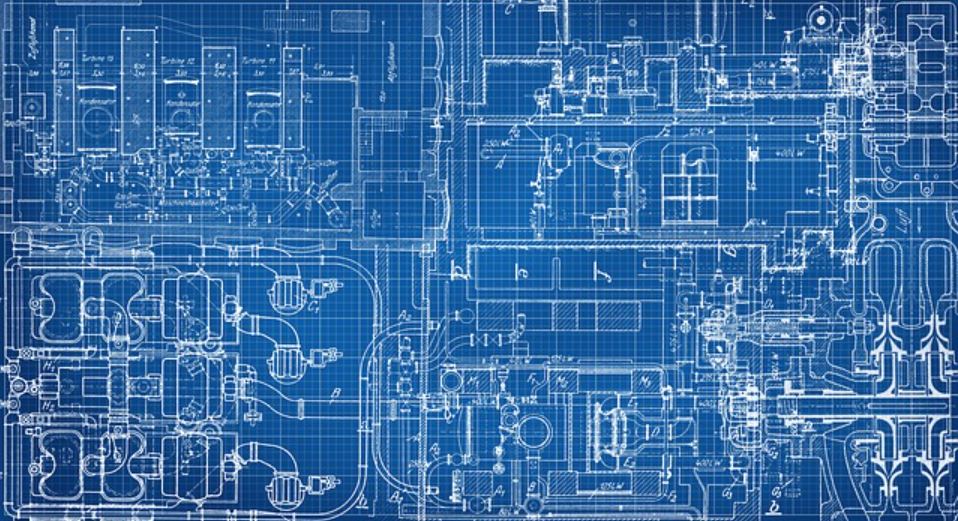
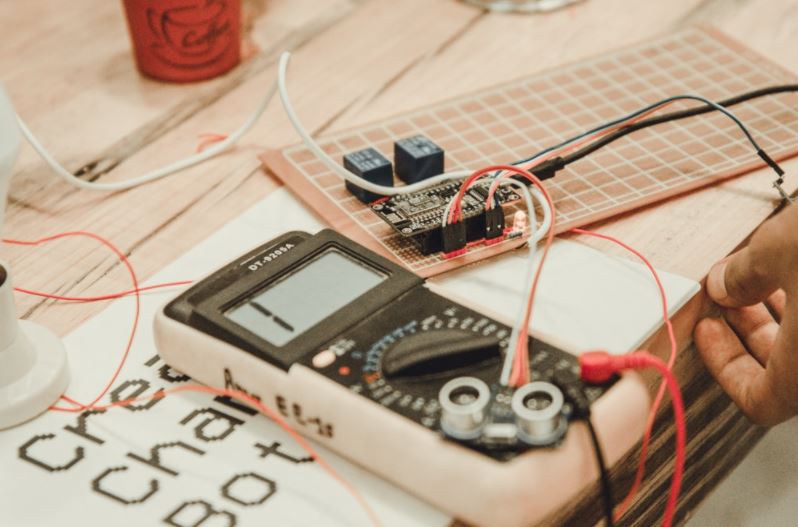
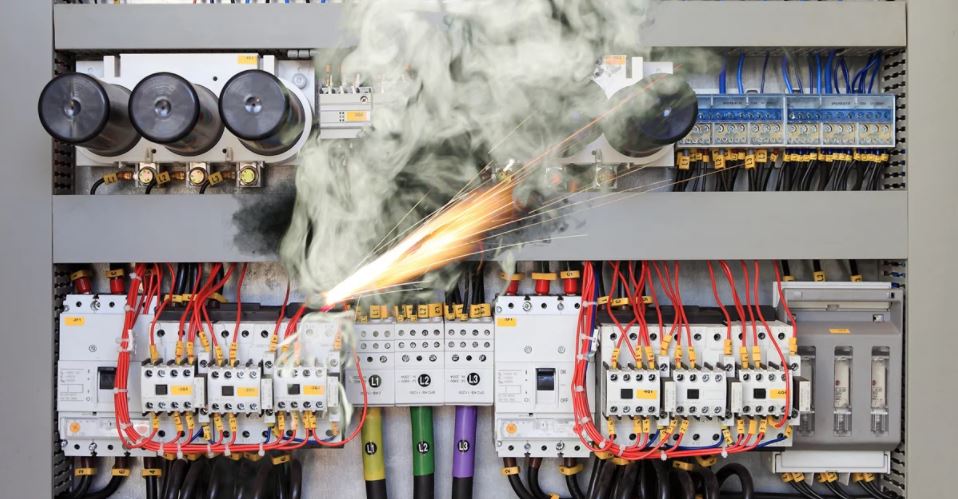
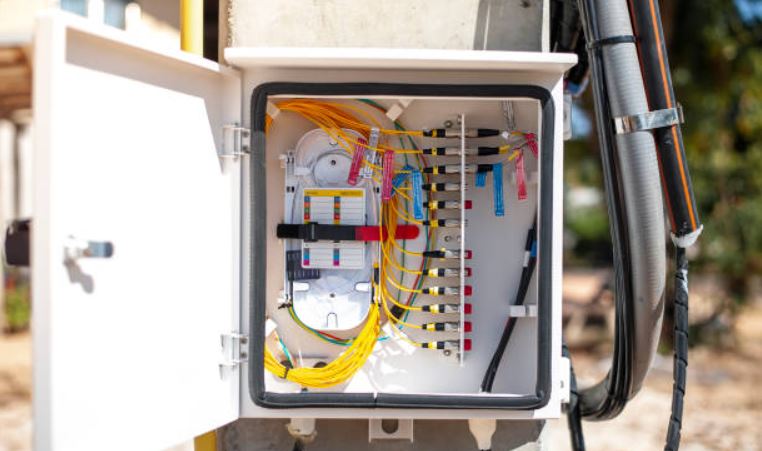



Recent Comments